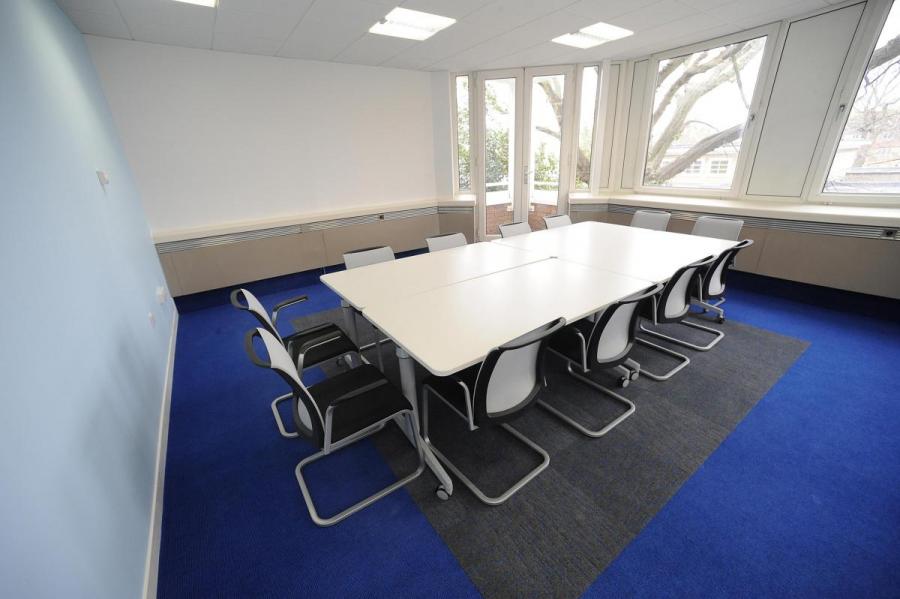The third edition of the “What Workers Want” survey, a joint publication from the British Council for Offices (BCO) and Savills, found that neglecting office design can have a negative effect on employer’s well-being and performance. A total of 25% of employees surveyed would be willing to commute an extra 30 minutes to work in the perfect office. This highlights not only the opportunity for occupiers to expand their potential labour pool but shows that employee loyalty increases if businesses fit out the office to their staff requirements.
Absenteeism among the existing staff could also notably decrease when a fit for purpose office is provided, while productivity would be on the up. This notion receives support from the 2015 guidelines of The National Institute for Health and Care Excellence (NICE), which stress the link between employee well-being and work output. UK businesses are losing 6.9 days a year per employee due to the absenteeism trend, which could be a contributing factor to the UK’s productivity being 27, 30 and 35 percentage points lower than in France, the US and Germany in 2015. The latest Stoddart Review research has revealed that an effective workplace can improve business productivity by 3.5%, which could add up to £70 billion to the UK economy, according to economist Duncan Weldon.
NICE’s recommendations suggest making employee health and well-being a core priority for top management to establish the link between employee productivity and health. But this is no easy feat, as ever denser office spaces pose a challenge for employers to provide an environment that promotes well-being. For example, standing desks, natural lighting, temperature, and air quality all have a bearing on staff health. Furthermore, open-plan offices are still the dominant choice of occupiers, but only 45% of respondents were satisfied with the noise levels in their office. Studies have found that poorly managed acoustics in open plan offices can have a negative effect on occupant comfort, causing changes in heart rate, breathing, and brain waves. Julian Treasure, author of Sound Business and chairman of the Sound Agency explains: “There is also a lot of research to demonstrate that noise in offices changes people’s behaviour- it makes them less helpful, more frustrated, absenteeism goes up and so does the rate of sickness.”

The occupants’ emotions and cognition are also affected and productivity can be degraded by up to two thirds when performing knowledge tasks within audible distance of other people’s conversations. A cost-effective and visually pleasing solution to decrease noise in an open plan office is to install carpets. Carpet is a sound reducer, offering an excellent solution in tackling the loud noises in the office. Some manufacturers offer carpet tiles that can reduce sound and impact noise by up to 30dB.
Generally, flooring is often one of the final features to be deliberated when it comes to building design and construction but does play a vital role when creating a future-proof, flexible office environment. When planning for a holistic appearance that takes employee health and productivity into consideration, it is important that all building elements are considered at the design stage to ensure that they integrate and work well together. As a result, the increased awareness of the role our surroundings play in supporting our health and wellbeing has resulted in architects, designers and manufacturers using design to respond to our human wants and needs. Biophilic design especially has become increasingly popular, as our sense of wellbeing is intrinsically linked to nature.
The Human Spaces report, published in 2015, showed that perceptions of wellbeing increased by up to 15% when occupants worked in surroundings that incorporate natural elements. Contact with nature and design elements which mimic natural materials have been shown to positively impact health, job performance and concentration, and to reduce anxiety and stress. Recent interior design trends utilise a mix of different textures, as well as the application of materials with aesthetics that lend themselves to the creation of a biophilic-inspired environment.